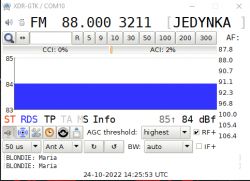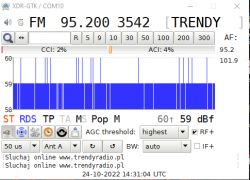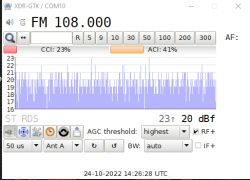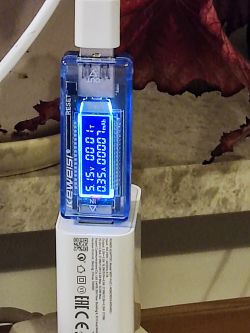

Czy wolisz polską wersję strony elektroda?
Nie, dziękuję Przekieruj mnie tamarmin12 wrote:
How is it not analog? DAB + is not there, so it is probably not a digital radio. There is AM and FM also analog radio only.






dktr wrote:You must have some very old soft in this atm, the signal level varies by 1 dB, you have no decimal values, and that was done quite a long time ago. Note that in my graph you can see what is happening between 77 and 76dBf.

 .
.
Quote:after connecting to a 4 x 20.5 m square antenna on 4 masts h=7.5 m I have all day reception of UKF stations from Gdansk to Krakow (and Krosno also catches). Radio great.
dktr wrote:Quote:after connecting to a 4 x 20 square antenna,5 m on 4 masts h=7,5 m I have all day reception of UKF stations from Gdansk to Krakow (and Krosno also catches). The radio is great.
This kind of reception is very difficult without elevated conditions from central Poland on Yagi antennas on the right bands with considerable gain let alone on a piece of wire for KF bands. Someone here is mistaking the truth.
sq3evp wrote:A 4x20.5m antenna is not an antenna for the FM band, better results would be given by an antenna for this band.